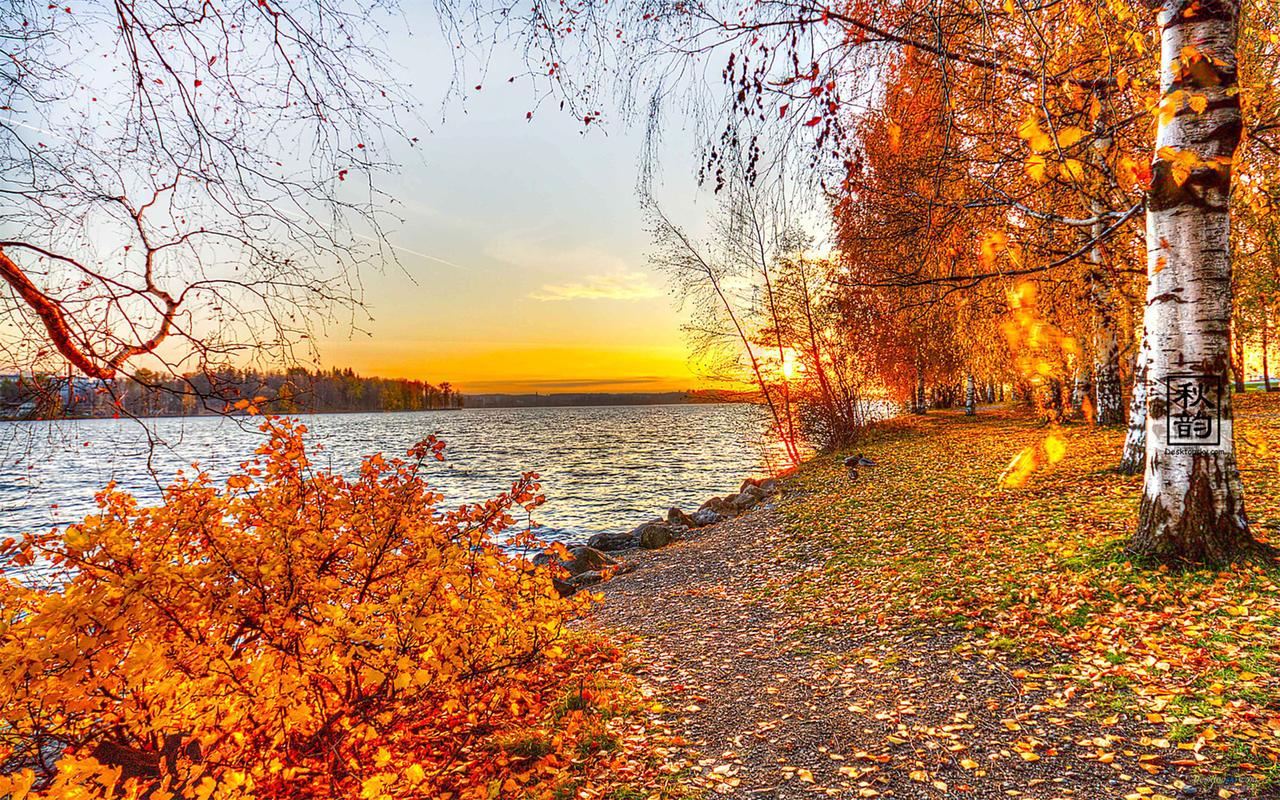Exploring the Cultural Value of Geography: A Journey Through the Influence of Place and Space
Geography plays a vital role in shaping culture and society. Our environment, climate, and location influence the way we interact with each other and the world around us. Geographical factors are responsible for creating unique customs, traditions, and beliefs that define a particular community’s identity.
The Concept of Space and Place
The concept of space and place is central to examining cultural identity and how it is shaped by geography. Place refers to the physical surroundings of a location, including its topography, climate, and built environment. Space, on the other hand, describes the relational and conceptual relationships between places. Understanding the relationship between space and place can help us understand how cultures have developed in a particular region or location and how they interact with their environment.
The Influence of Geography on Culture
Geography has a significant impact on cultural values. For instance, the availability or absence of natural resources shapes a community’s economy, livelihood, and social structure. The environment also determines the type of housing, clothing, and food people consume.
Another way culture is influenced by geography is through language. The physical layout of a place contributes to linguistic diversity, with diverse cultural practices and social structures influencing the use of language. For example, in mountainous regions or areas with inhospitable terrain, isolated communities often have distinct languages and cultural practices that have evolved over time.
Case Studies in Cultural Geography
One example of the influence of geography on culture is the Sami people of northern Scandinavia. The Sami culture is defined by their traditional occupation of reindeer herding, which is influenced by the northern environment’s harsh climate. The Sami people have unique cultural practices that relate to this activity, and their language reflects their environment’s seasonal changes.
Another example is the influence of the Nile River on ancient Egyptian civilization. The Nile River provided fertile land for agriculture and transportation for trade, influencing the development of writing systems, architecture, and political organization.
Conclusion
In conclusion, exploring the cultural value of geography helps us understand how our environment shapes our society. Our physical surroundings, climate, and location influence our behavior, beliefs, and customs, ultimately defining our cultural identity. By examining the relationship between space and place, we can gain a deeper understanding of how culture and geography interact.
(Note: Do you have knowledge or insights to share? Unlock new opportunities and expand your reach by joining our authors team. Click Registration to join us and share your expertise with our readers.)
